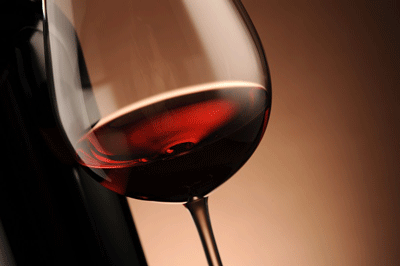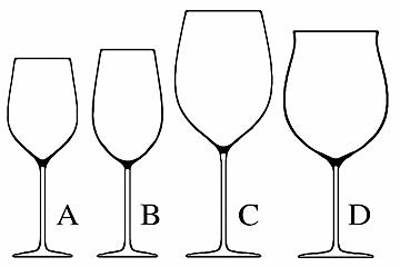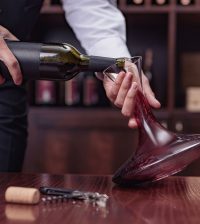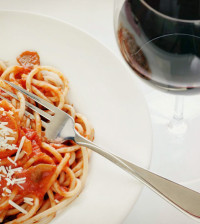Red Wine Glasses: Get the Proper Glass to Taste All of the Nuanced Flavours
When it comes to proper etiquette, knowing which silverware to use at a formal dinner is essential in order to make a good impression. Like for example: would you eat ice cream with a fork? We guess not.! In the same manner, choosing the proper red wine glasses can have a great impact on the flavour and other important characteristic of the wine.
If you tend to drink wine once in a while, the importance of having the proper red wine glass may be less obvious. But, if you talk with any connoisseur, he/she will tell you how the type of glass can directly impact the flavour and experience of the wine.

Components of Red Wine Glasses
A wine glass is made of four distinct components:
- Base – the bottom part of the glass which holds it up
- Stem – the long piece of glass which connects the bowl with the base
- Bowl – holds the wine
- Rim – the top of the glass
The design of the wine glass is very important when it comes to releasing the nuanced flavours of the wine. Hence, each of the four components of a glass can impact the taste of the wine.
Unique Characteristic of Red Wine Glasses
What differs red wine glasses from other types of glasses is the shape of the bowl. Usually, red wine glasses have a larger, more round appearance. And there’s a good reason behind this design – larger bowl allows the wine to be more exposed to air, allowing for oxidation which enhances the aroma. Also, the rim opening is narrower than the bowl to keep the aromas concentrated. However, the rim of red wine glasses is bigger than the rim of other types of wine glasses to accommodate the drinker’s need to get full ‘nose’ of the wine.
Different Types of Red Wine Glasses
The four main types of red wine glasses are:

A – Young Red Wine Glasses: Young red wines are those that have been bottled in the last 12 to 18 months. Young wines have simple structure and high tannin content. Due to this, they need to aerete. In this case a glass that have a bulbous bowl with an opening, which directs the wine towards the inner part of the mouth, is the best option for the best tasting experience.
B – Mature Red Wine Glasses: Mature red wines require taller and wider bowls with narrower rims to aerate and concentrate the aromas.
C – Full-Bodied Red Wine Glasses: Cabernet Sauvignon and Syrah are good examples of full-bodied wines. When drinking these wines, they should be served in broad, tall bowls.
D – Delicate Red Wine Glasses: Delicate red wines such as Pinot Noir, reguire larger bowls.
As you can see, having the right wine glass is more than just etiquette; it is essential in order to fully experience wine.










